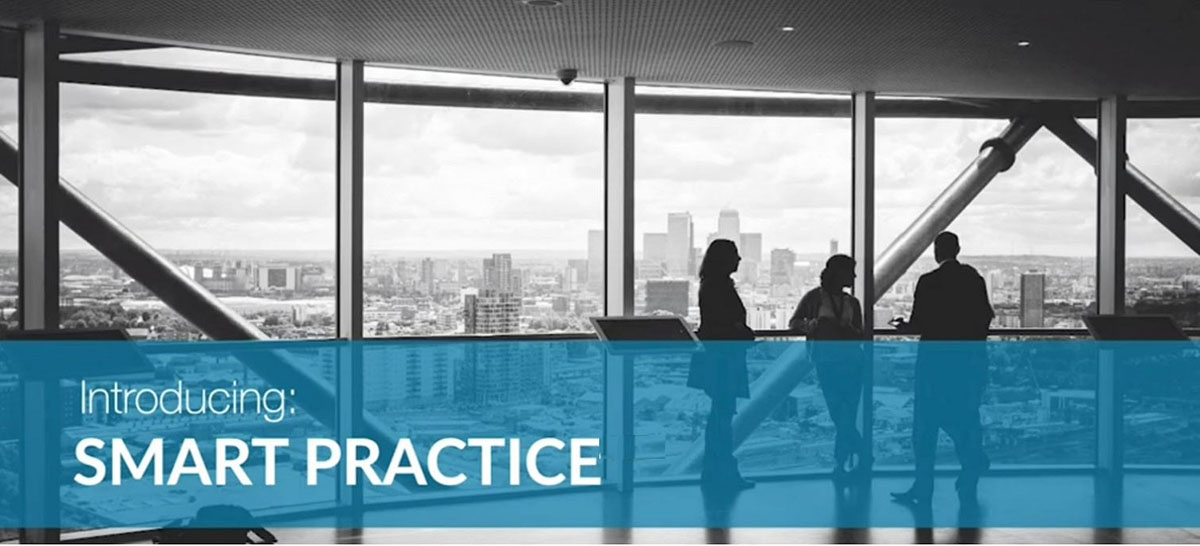Submitted by Emina Čamdžić
Plastic Products And Building Materials Towards Sustainability
Bosnia and Herzegovina Architecture News - Dec 03, 2021 - 11:50 4476 views

Plastic particles are used in construction materials. There are many materials that are made of plastic and it is not known how much and if it is possible to such recycle or in terms of another recycling - to reuse such products in larger amounts. For example, plastic codes that are usual on bottles, packages and kitchen appliances can be PET - 1, PE – HD 2, PP - 5, PS – polystyrene for thermal isolation and then there are many other products such as façade systems, windows and doors, as seen on the products resin code. Back to the greenhouse gasses effect. Think about how it feels to be trapped somewhere with a person of negative emotions who sucks all the air out of the room.
Glass should be used much more in certain cases instead of plastic, have a look at the example at web link.
Find more on the topic of environmentally friendly design and plastic use as a good introduction to plastic as a material and plastic in construction materials, for example, the WAC article on the "Beginning with Straws Towards Environmentally Friendly Design".
This selected project includes a description and ideas on reusing plastic in art and artistic ways to gain environmentally friendly design and projects then emphasize recycling as a way of lowering GHG emissions, educate the public, groups, schools, students and the academia with a project example find more on the web link.
A lot of furniture has plastic in it, façade elements made of plastic then air condition elements, TV's and similar equipment although plastic is part of even some construction elements such as floors and floor finishes. Mostly buyers and renters are unaware of how much plastic products there are in their buildings and homes and the effects of it even architects don't see what this means. Even the basic "PVC radiation" has to be taken into consideration further to mention where do all the damaged elements go when they are replaced with new building elements such as windows, doors, furniture, floor finishes. It is unaware how the construction industry and the industry of plastic production has responded to this challenge otherwise should be educated on another type of standards such as standards on: construction waste, materials production for sustainability and SDG (Sustainable Development Goals) agenda components.
A previous WAC article mentions the built environment correlation with the GHG emissions and read here further "Greenhouse Gas Emissions Measurement of the Built Environment."
As an earlier course attendee that was organized by Harvard University there was an opportunity to hear and talk about the reason why the greenhouse gasses are called like that, the way CO2 is measured, and conclude that it is because they work almost as a greenhouse which is a glass enclosure that is very warm during the day as it heats up through infrared and long wave radiation while the sunlight comes and goes in the greenhouse as in any other building or object, therefore during a cold yet sunny days inside the greenhouse is much hotter than on the outside.
Glaciologists realized some decades ago that the changes in CO2 (carbon dioxide) are visible through sample analysis of the air trapped inside the ice bubbles. While taking the ice samples they have measured the CO2 levels in different time epochs. Additionally at the Harvard University course on climate and energy there was an opportunity to listen, view and understand the way CO2 levels are measured, there are various places in the world for example the Greenland and the Antarctica where glaciologists reconstruct the CO2 levels back to even the last millennium and similar.
The recent Conference on Climate Change COP26 brings up the question raised "What do we need to achieve at COP26?" with answers in short: "Mitigation – adaptation – finance – collaboration" and a theme highlighted is on sustainability. "The UK is committed to delivering a sustainable COP26," is alongside mentioned on the Conference on Climate Change website.
It is understood that the Conference on Climate Change in the UK was organized to be a carbon – neutral conference that will leave a positive legacy by actively managing any environmental and local community impacts and add value, encourage active travel, encourage healthy living, ensure safety and security, encourage even more sustainability, responsible use of resources and sources, positive legacy, accessible and inclusive setting.
In case you want to educate yourself and develop knowledge on the facts of climate change inspired by the COP26 summit, find courses on these themes such as sustainability courses, start specializing your skills and actively use your gained knowledge for your practice.
Top image is courtesy of The Business of Architecture webinar.
